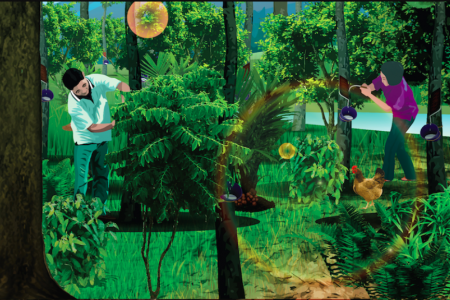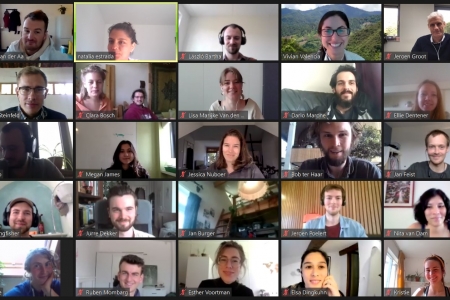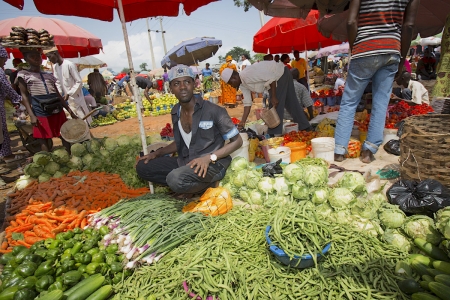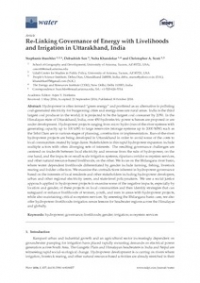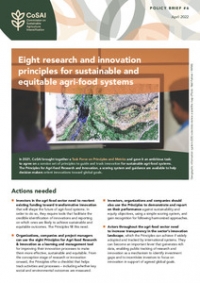Approximately 450 hydroelectric (“hydel”) power schemes in Uttarakhand, India are being developed rapidly and haphazardly, primarily to meet power demands in the plains. While this energy source holds appeal for climate mitigation and livelihoods support, construction of reservoir-tunnel (less so run-of-river) schemes poses impacts for: a) small-scale irrigation of staple and high-value crops, b) crop/livestock-based livelihoods that are increasingly feminized due to male out-migration, and c) ecosystem services including livestock fodder, fisheries, habitat based on river base-flows, extreme-flood risk mitigation, and tourism and pilgrimage to sacred Ganges headwaters. Through targeted interdisciplinary research framing linked challenges in social- ecological systems terms, coupled with policy support for adaptive decision-making on hydel development, irrigation, and water supply, the tradeoffs between hydel and irrigation can effectively be minimized. We propose a science-policy dialogue project in multiple Ganges sub-basins, which will lead to improved livelihoods of women, youth, and men; safeguard and enhance critical ecosystem services; and offer irrigation-hydel nexus lessons for headwaters regions across the Himalayas and globally. Goal: Strengthen synergies and minimize tradeoffs between small hydropower and irrigation systems in order to improve gendered livelihoods and enhance ecosystem services in Uttarakhand. Objectives: 1) Develop the knowledge base on interconnections among multiple resource securities of water (irrigation, potable supply, and resilience to hydroclimatic disasters), energy (hydel, grid-power, and biomass), food (staples, vegetables, and orchards), and gendered livelihoods (based on crop, livestock, and migration remittances). 2) Identify institutional and policy opportunities and obstacles to harness the irrigation-hydel nexus for livelihood resilience including climate adaptation, gender empowerment, and ecosystem conservation. 3) Identify opportunities to pilot the coproduction of applied research-cum-community based water, energy, and food systems development led by women and youth. Research and policy outreach activities: Following the sequence of the three objectives listed: 1) Conduct field research on synergies and tradeoffs between irrigation and existing hydel, with linked field research on food security, flood preparedness, and gender roles. 2) Document existing Panchayati Raj institutions and associated rules, government support, and NGO programs for irrigation, climate adaptation, and rural water supply. 3) Draw upon ongoing initiatives and government programs to pilot innovative coproduction R4D approaches to sustainable agriculture, livelihoods and integrated water -energy management. Provide research support to People’s Science Institute (PSI) to extend into Uttarakhand the innovative System of Crop Intensification from Himachal Pradesh.
menu

